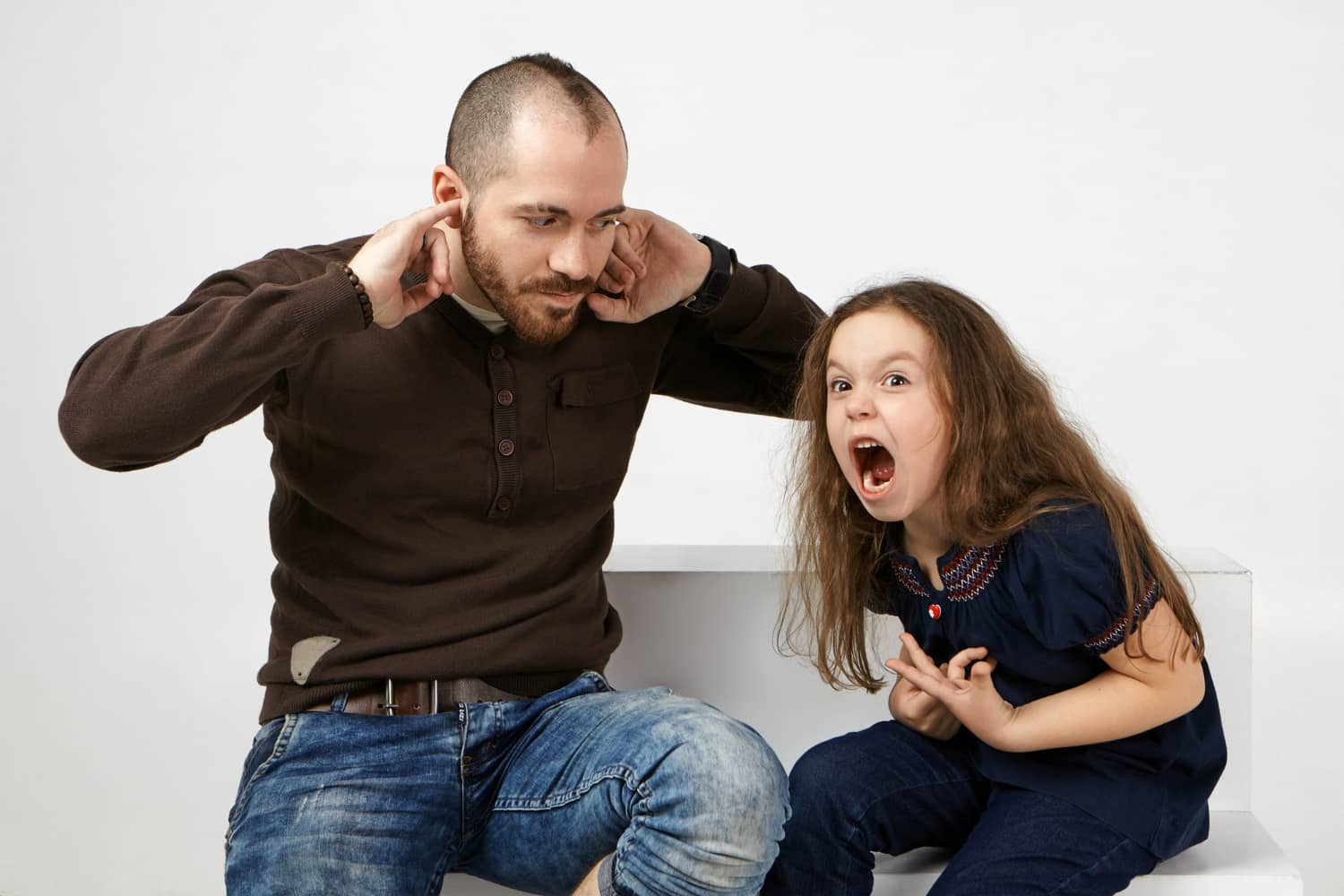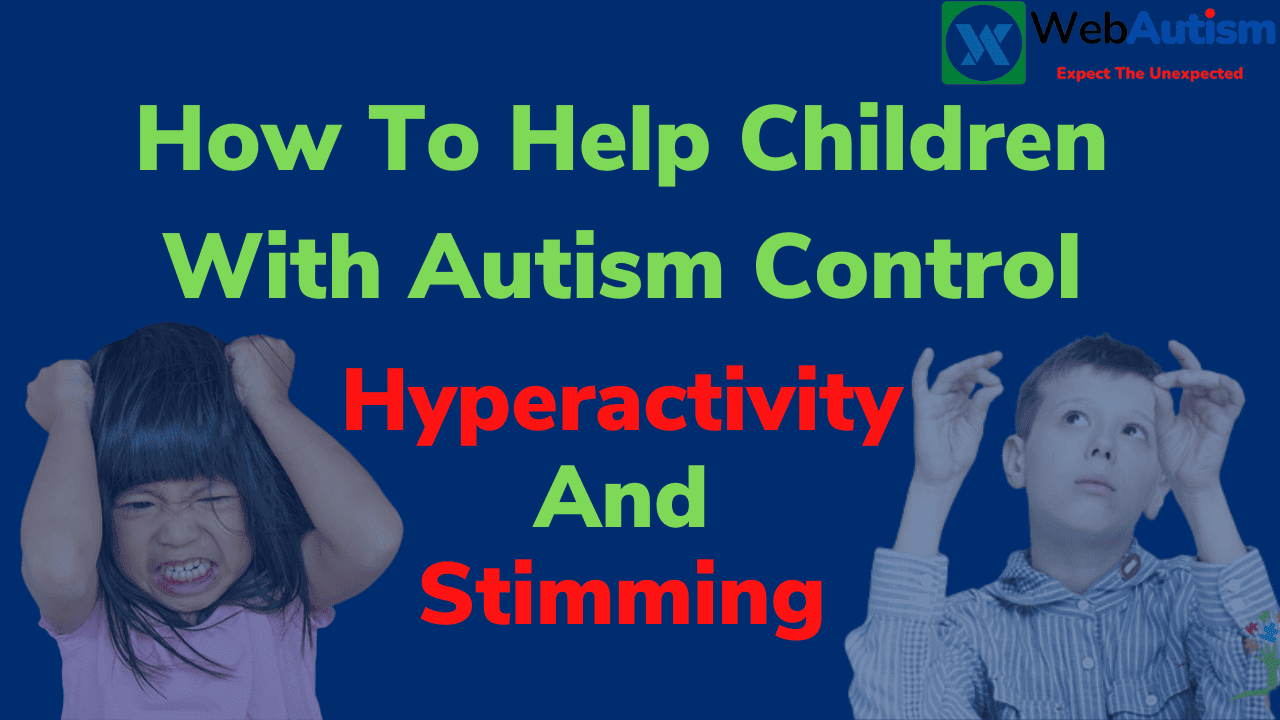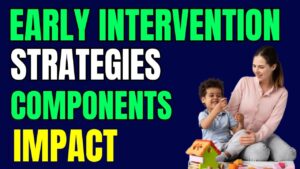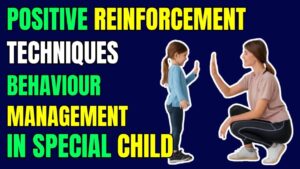Autism spectrum disorder (ASD) is a neurological and developmental disorder that begins in early childhood and can cause a range of social, communication, and behavioral challenges.
People with ASD often have difficulty regulating their emotions and may exhibit repetitive behaviors, called “stimming.” While stimming is often seen as a negative symptom of ASD, it can also be a positive coping mechanism for people with the disorder.
We will look at what these terms mean, the difficulties associated with them, and some methods that people have found helpful in managing them. We hope that this will provide a useful resource for those who are seeking to better understand and manage their own or their child’s hyperactivity and stimming.
What is Hyperactivity
Hyperactivity refers to excessive or unusually high levels of physical movement and restlessness. It is a common term used to describe behaviors characterized by constant movement, fidgeting, and an inability to stay still. Hyperactivity is often associated with conditions like Attention-Deficit/Hyperactivity Disorder (ADHD) and can also be observed in individuals with autism and other neurodevelopmental conditions.
Hyperactivity can manifest in various ways, including:
- Frequent Movement: Individuals who are hyperactive might engage in constant movement, such as tapping their feet, shifting in their seats, or pacing around the room.
- Difficulty Sitting Still: People with hyperactivity may find it challenging to remain seated or in one place for extended periods. They may feel a strong urge to move around.
- Restlessness: Hyperactive individuals often exhibit signs of restlessness, seeming unable to stay calm or relax. They might appear to be constantly “on the go.”
- Impulsivity: Hyperactivity is sometimes linked to impulsivity, where individuals might act without thinking about the consequences. This can lead to impulsive behaviors, speech, or decision-making.
- Difficulty Engaging in Quiet Activities: Activities that require focus and stillness, such as reading or working at a desk, may be challenging for individuals with hyperactivity.
What is Stimming
Stimming is a common behavior among people with autism spectrum disorder (ASD) as well as other neurological conditions. It refers to repetitive movements or words that serve as self-stimulation. While stimming can be a coping mechanism for people with ASD, it can also be disruptive and interfere with daily life.

Also Read:- How To Check The Effectiveness Of Potential Treatment Plan For Autism Spectrum Disorder
How To Control Hyperactivity And Stimming
| Hyperactivity | Stimming |
|---|---|
| Physical Activity and Movement Breaks: Providing opportunities for regular physical activity and movement breaks can help channel excess energy in a positive way. Engaging in physical activities like stretching, walking, or jumping can help reduce restlessness. | Recognize and Respect Stimming: Stimming serves various purposes for individuals with autism, such as self-regulation, sensory input, and emotional expression. It’s important to respect these behaviors as valid coping mechanisms. |
| Structured Routine: Establishing a predictable daily routine can help individuals with autism manage hyperactivity. Knowing what to expect can reduce anxiety and restlessness. | Offer Alternative Sensory Activities: Providing alternative sensory activities that are less disruptive but still fulfill sensory needs can be helpful. These might include sensory bins, textured toys, or stress balls. |
| Sensory Regulation: Offer sensory tools and activities that help individuals regulate their sensory input. Some people find deep pressure, fidget toys, or sensory-friendly environments calming. | Private Spaces: Designating private spaces where individuals can engage in stimming behaviors without feeling self-conscious or disruptive can be beneficial. |
| Focus on Interests: Providing activities that align with the person’s interests can help redirect their energy into positive engagement. | Scheduled Stimming Breaks: If stimming is interfering with daily tasks, consider scheduling specific breaks during which the individual can engage in stimming activities. |
| Mindfulness and Relaxation Techniques: Teaching relaxation techniques, deep breathing, or mindfulness exercises can help individuals manage their energy levels. | Teaching Self-Awareness: For some individuals, helping them understand their own sensory needs and when stimming might be overwhelming can lead to more controlled and manageable stimming. |
| Collaboration with Professionals: Consulting with a healthcare professional, therapist, or behavioral specialist can provide tailored strategies for managing hyperactivity based on individual needs. | Replacement Behaviors: In some cases, it might be possible to identify alternative behaviors that provide similar sensory input in a less conspicuous way. |
| Social Stories or Visual Supports: Using social stories or visual schedules can help individuals understand when and where stimming is appropriate, and when it might be helpful to use other strategies. |
Pro Tip
Remember that the goal is not to eliminate stimming or hyperactivity entirely, but to provide individuals with tools and strategies to manage these behaviors in ways that are comfortable and respectful of their needs. Consulting with professionals who specialize in autism and behavioral support can provide personalized guidance for managing these behaviors.
Stimming and Autism
Stimming is a common behavior among people with autism spectrum disorder (ASD). It is defined as any repetitive movement or vocalization that serves no apparent purpose. Stimming can be anything from hand-flapping to rocking back and forth, or even repeating the same word or phrase over and over.
Most people with ASD stim to help themselves cope with anxiety or other negative emotions. It can also be a way to calm down or focus when feeling overwhelmed by sensory input.
Despite the fact that stimming is a common and harmless behavior, many people with ASD feel embarrassed or ashamed of it. This is because stimming is often seen as a sign of disability or “weirdness.” In reality, stimming is just a coping mechanism that is unique to each individual with ASD.
Also Read:- Classic Autism vs. Virtual Autism : A Comprehensive Comparison

Also Read:- How to screen and diagnose Autism Spectrum Disorder
Defining autism and hyperactivity
Hyperactivity is another common symptom of ASD. It is characterized by a high level of energy and an inability to sit still. Like stimming, hyperactivity can be disruptive and make it difficult to focus on tasks.
Do you suffer from control hyperactivity and stimming? If so, you are not alone. Control hyperactivity and stimming are very common among people with autism and other developmental disabilities.

How to help children with autism control hyperactivity and stimming
First, we will define what autism is and what the symptoms are. Then, we will provide some tips and strategies that parents and guardians can use to help their children cope with hyperactivity and stimming.
If you are the parent or guardian of a child with autism, you may be wondering how you can help your child control their hyperactivity and stimming. Keep reading for some tips and strategies!
Controlling hyperactivity and stimming can have many benefits for individuals with autism spectrum disorder (ASD). It can improve communication, socialization, and behavior.
There are a number of ways to control hyperactivity and stimming. Some methods include medication, behavior therapy, and sensory integration. Each individual with ASD will respond differently to each method. It is important to work with a professional to find the best method for your child.
Also Read:- How Music Therapy Can Transform the Lives Of autistic Children

On the other hand, Hyperactivity is a common symptom of autism. It can manifest itself in a number of ways, such as fidgeting, squirming, or running around. Hyperactivity can make it difficult for individuals with autism to focus and pay attention. It can also interfere with social interactions and communication.
- consistent and predictable daily scheduling for the child
- counseling and therapy
- medications, including stimulants
- occupational therapy
- special education
- support groups
- training in social skills and behavior modification
Activities For Hyperactive Child
Engaging in activities that provide an outlet for energy and promote focus can be beneficial for hyperactive children. These activities can help channel their energy in a positive and constructive way while also promoting their physical and mental well-being. Here are some activity ideas:
1. Physical Play:
- Outdoor sports: Playing soccer, basketball, tag, or riding bikes can help release excess energy.
- Obstacle courses: Set up a simple obstacle course in the backyard or at a park for climbing, crawling, and jumping.
- Swimming: Swimming provides a full-body workout and can be very calming for some children.
2. Active Games:
- Simon says: A fun game that involves following directions and movement.
- Dance party: Put on music and have a dance-off or dance together.
- Follow the leader: Take turns being the leader and coming up with movement sequences for others to follow.
3. Sensory Activities:
- Playdough or clay: Manipulating playdough can be a calming sensory activity.
- Sensory bins: Create sensory bins with rice, beans, sand, or water for tactile exploration.
- Swinging: Swinging provides rhythmic movement that can be soothing for hyperactive children.
4. Art and Creativity:
- Drawing or coloring: Engage in creative activities that require focus and attention to detail.
- Crafts: Creating crafts such as beading, painting, or building models can be engaging.
5. Mindfulness and Relaxation:
- Yoga: Child-friendly yoga poses and breathing exercises can promote relaxation and focus.
- Breathing exercises: Teach deep breathing techniques to help calm their energy.
- Guided imagery: Guide them through calming mental images or stories.
6. Puzzles and Games:
- Jigsaw puzzles: Completing puzzles requires concentration and problem-solving.
- Board games: Choose games that encourage focus, turn-taking, and strategy.
7. Structured Activities:
- Martial arts or dance classes: These activities provide structure and help develop discipline.
- Sports teams: Joining a sports team can provide an opportunity to channel energy into organized activities.
8. Quiet Time Activities:
- Reading: Encourage reading books or listening to audiobooks.
- Drawing or journaling: Provide a creative outlet for expressing thoughts and emotions.
9. Outdoor Exploration:
- Nature walks: Explore local parks or trails, observing plants and wildlife.
- Scavenger hunts: Create lists of items to find while exploring nature.
Remember that while engaging in these activities, it’s important to respect the child’s preferences and needs. Hyperactivity is a natural expression of their energy levels, so finding activities that align with their interests and provide sensory input can be highly effective in helping them manage their energy in a positive way.
Conclusion
It is important to note that autism is a disorder, not a disease, and as such, there is still no adequate cure.
Always talk to a doctor if your child is hyperactive and also stimming. We also provide best online and offline support to the families of autistic children and any associated learning disabilities.





